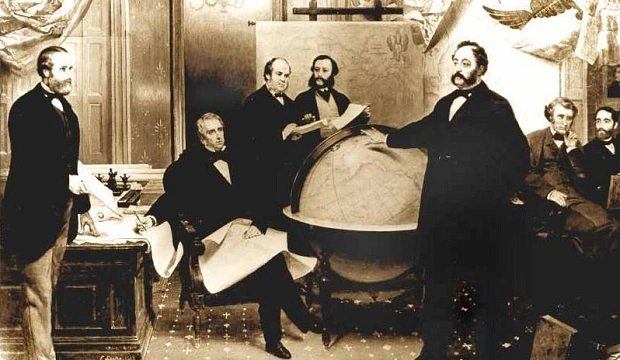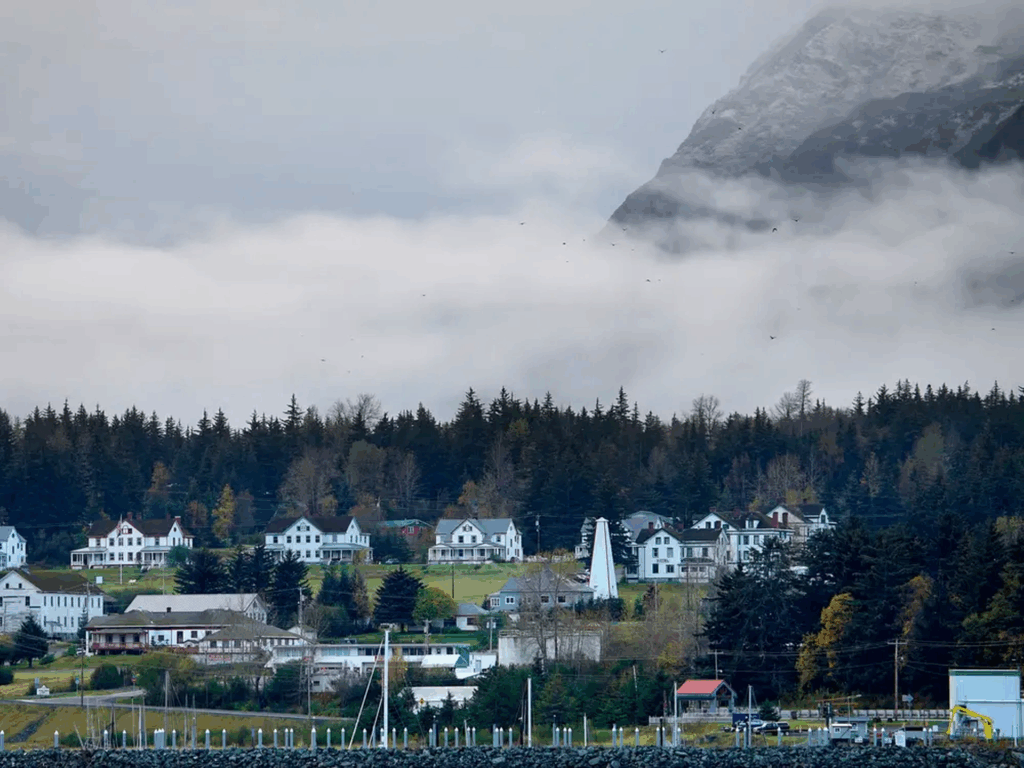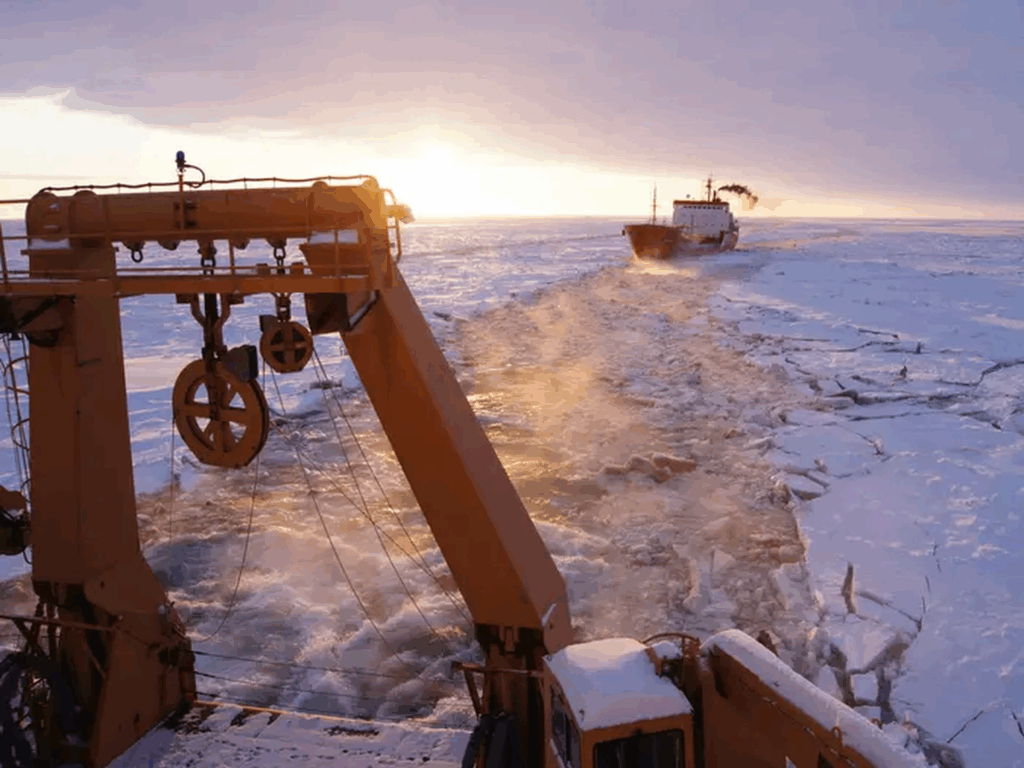Alaska borders Canada to the east, the Arctic Ocean to the north, the Pacific Ocean to the west and south, and faces mainland Russia across the Bering Strait. Alaska covers an area of 1.7 million square kilometers and is home to nearly half of the world’s glaciers.
Russian settlement in Alaska began in 1784, but was limited, with fewer than 1,000 people at its peak. By the 19th century, Russian Alaska was also a center of international trade. In the Alaskan capital, Novo-Arkhangelsk (now Sitka), merchants traded textiles, Chinese tea, and even ice. Shipbuilding was also developed here, and there were many factories and mineral mines, especially gold.

However, after the Crimean War from 1853 to 1856, Russia suddenly decided to sell Alaska. At that time, the US and Russia were allies, so Russia came to the US to discuss the Alaska deal.
Russia sent a survey team to Alaska to assess the natural resources here. Estimated at about 10 million USD, most surveyors believed that Russia should not sell Alaska, but instead should consider reforms for development. Ignoring the advice of the survey team, Tsar Alexander II ordered the assessment to be sent to the US government. After discussions, the two sides finalized the sale of the island at 7.2 million USD. Negotiations were interrupted for several years by the American Civil War.

On March 30, 1867, in Washington, DC, the then US Secretary of State William H. Seward and the Russian Minister Edouard de Stoeckl signed the Treaty of Alaska to the United States. Accordingly, Russia agreed to sell approximately 1.7 million square kilometers of land to the United States for $7.2 million.
In April 1867, the US Senate ratified the sale and US President Andrew Johnson signed it just one month later. Russia officially handed over Alaska to the United States in October 1867.
The transfer of land took place in Novoarkhangelsk. Soldiers from both sides lined up next to the flagpole, and the Russian flag began to be lowered. The Americans then began to take over the buildings in the town, and renamed it Sitka. Several hundred Russians who did not accept US citizenship were transferred to merchant ships and returned to the Russian mainland about a year later.

The swift purchase ended Russia’s presence in North America, while giving the United States the keys to the northern Pacific Rim. Today, Alaska is one of the richest states in the United States, with a GDP in the tens of billions of dollars thanks to its abundant natural resources such as oil, gold, and fish, as well as its vast wilderness. In addition to the huge profits from natural resources, this land also forms a belt to protect the United States from attacks by Western countries.
However, the deal did not receive support from the American people from the beginning. Many people ridiculed Secretary of State William H. Seward for what they considered “crazy” purchases.
Critics of President Johnson and Secretary Seward for the Alaska purchase called the territory, which is twice the size of Texas, “Johnson’s Polar Bear Park” and other sarcastic terms. They pointed to the losses Russia had suffered and argued that, if Alaska were purchased, the United States would have to bear those losses.
Many Americans thought that this was a wasteful purchase. In fact, for nearly 30 years after the Alaska purchase, the US barely paid any attention to this land. Alaska was governed through military, naval and financial rules. In 1884, the US established a civil government in Alaska and enacted laws for resource exploitation.